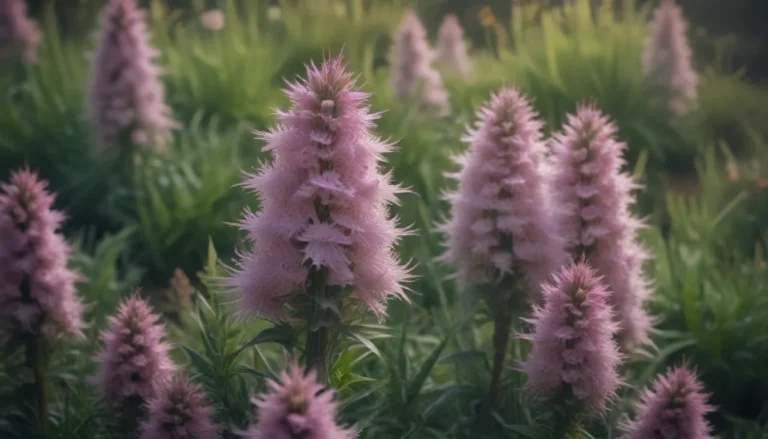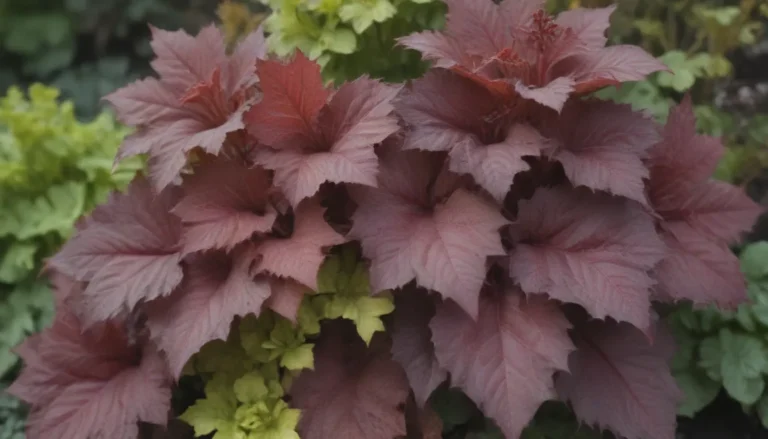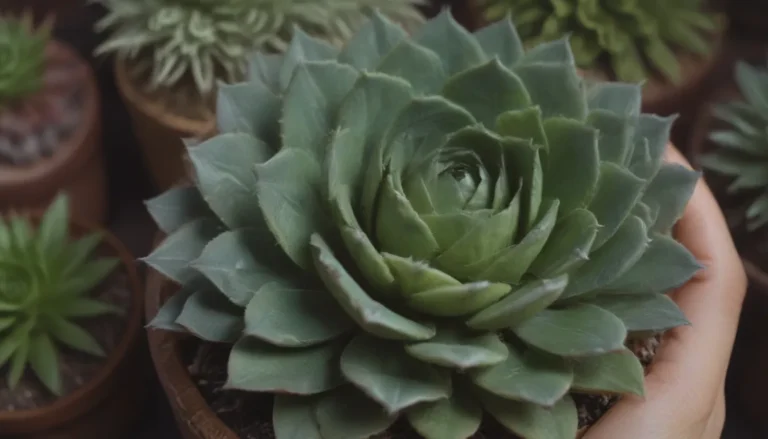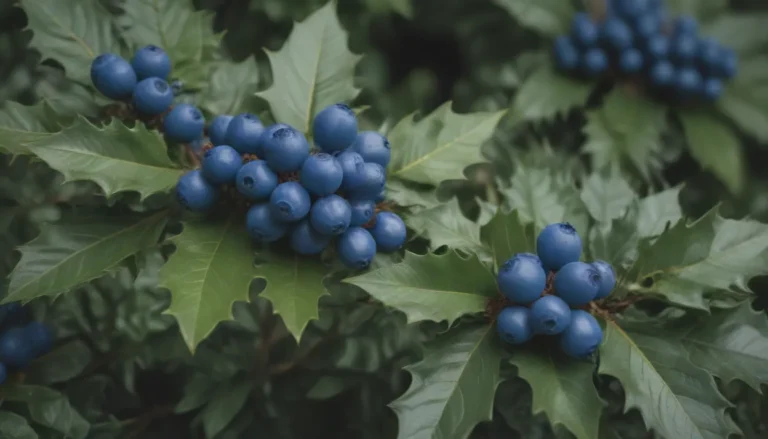The Ultimate Guide to Growing Spinach
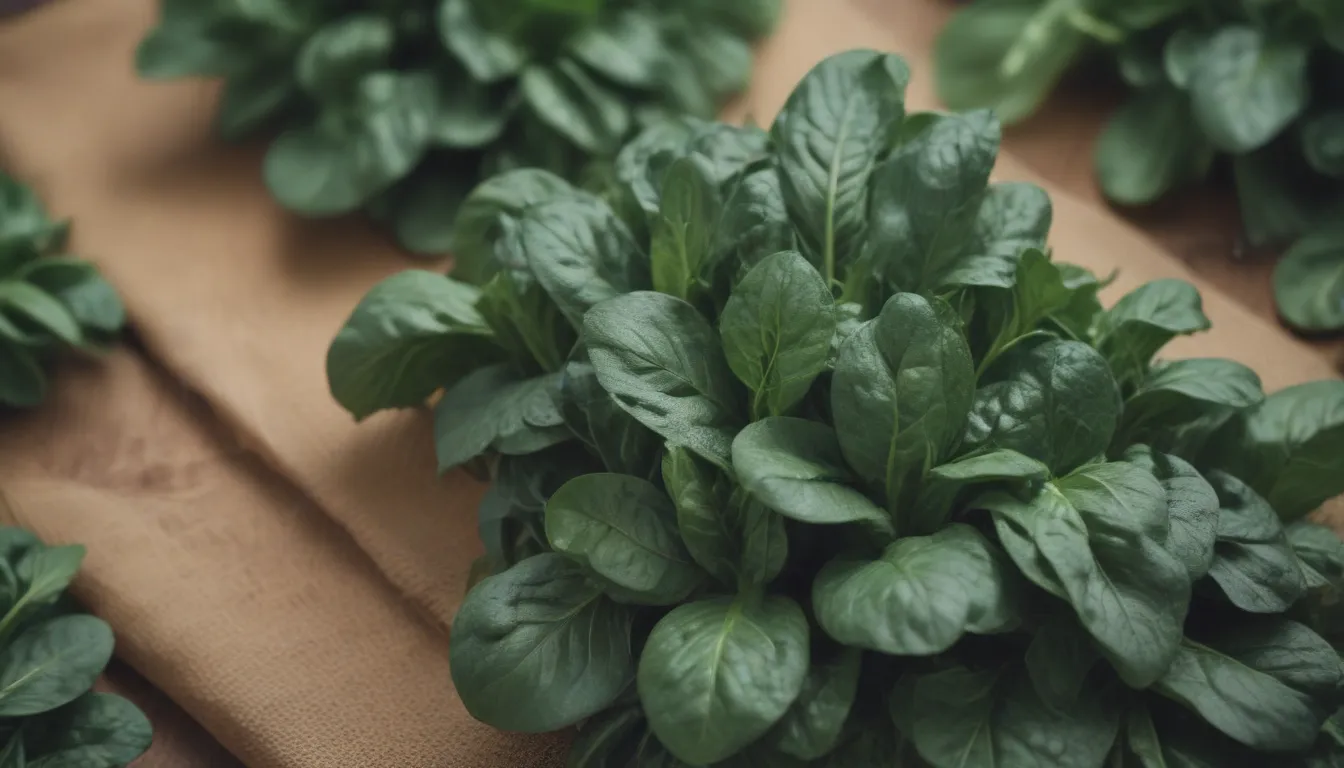
Are you looking to add a nutritious and delicious leafy green to your garden? Look no further than spinach! Spinach (Spinacia oleracea) is a fast-growing annual vegetable that thrives in cooler weather. With its vibrant green leaves and unique flavor, spinach is a versatile addition to any garden. In this comprehensive guide, we will explore everything you need to know to successfully grow spinach in your own backyard.
Understanding Spinach
Before we dive into the nitty-gritty of growing spinach, let’s take a moment to understand this leafy green vegetable. Spinach plants typically have smooth, medium to dark green leaves and an upright growth habit. When exposed to hot weather, spinach plants may produce small yellow-green flowers on spikes before going to seed. This versatile vegetable can be ready for harvest in as little as one month after planting, making it a popular choice for home gardeners.
How to Plant Spinach
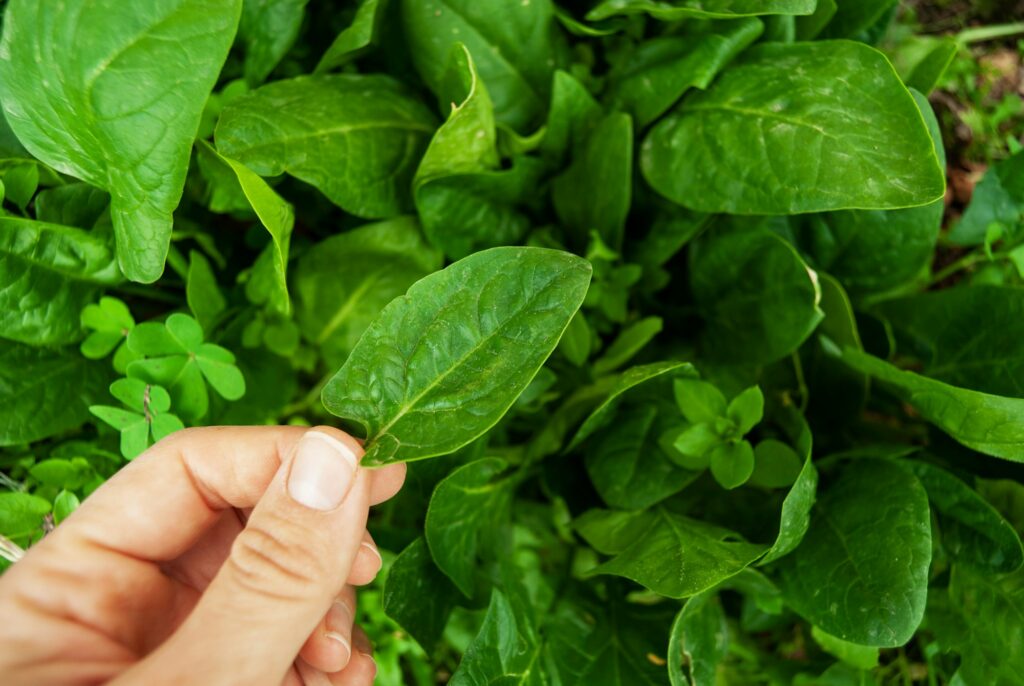
Timing is Key
Spinach thrives in cool temperatures, requiring around six weeks from seed to maturity. For optimal growth, plant your spinach seeds in the garden as soon as the soil is workable in the spring. The soil temperature should be cooler than 70 degrees Fahrenheit for successful germination. Alternatively, you can plant spinach in the fall as long as the soil temperature remains above 40 degrees Fahrenheit for at least six weeks. To extend your harvest, consider reseeding every couple of weeks in both the spring and fall.
Choosing the Right Site
Select a planting site that receives ample sunlight and has good soil drainage for optimal spinach growth. If you are limited on space, container gardening is a viable option for growing spinach. To prevent premature flowering (bolting) in hot weather, plant spinach in partial shade to shield it from the intense afternoon sun.
Planting Tips
- Plant spinach seeds 1/2 to 1 inch deep in rows spaced 12 to 18 inches apart.
- Thin seedlings to around 6 inches apart once they have developed their first set of true leaves.
- Spinach plants do not require support structures for growth.
Spinach Plant Care
Providing Adequate Light
Plant spinach in a location where it will receive full sun to partial shade. Aim for at least three to four hours of direct sunlight daily, while providing some protection from strong afternoon rays to prevent leaf scorching.
Nurturing the Soil
Spinach thrives in loamy, organically rich soil with good drainage. Maintain a neutral soil pH to support healthy plant growth and development.
Watering Requirements
Keep the soil around your spinach plants consistently moist but not waterlogged. In warm weather, regular watering is crucial to prevent premature bolting. Aim for 1 to 1 1/2 inches of water per week, watering multiple times a week instead of deep watering once a week. Mulching around the plants can help retain soil moisture.
Temperature and Humidity Considerations
Spinach prefers to grow in temperatures between 50 and 60 degrees Fahrenheit and can withstand light frosts. Protect plants from extreme heat to prevent bolting and bitter-tasting foliage. Adequate air circulation and soil moisture management can prevent humidity-related issues.
Fertilizing the Plants
Due to its rapid growth rate, spinach is considered a heavy feeder. Incorporate a nitrogen-rich fertilizer into the soil at planting, following the label instructions. Throughout the growing season, continue to fertilize according to product guidelines. Organic options like fish emulsion and soy meal are excellent choices for feeding spinach plants.
Types of Spinach
There are several varieties of spinach available, each with unique characteristics that cater to different preferences and growing conditions. When selecting spinach for your garden, consider factors such as disease resistance, suitability for fall planting, overwintering capabilities, and container-friendly options.
Disease-Resistant Varieties
Good Varieties for Fall Planting
Plants that Overwinter Well
Recommended Types for Containers
Spinach vs. Kale
Spinach and kale are both popular leafy greens that thrive in cooler weather conditions. While they share similarities in growing requirements and time to maturity, they have distinct differences in appearance and taste. Kale leaves are typically ruffled, while spinach leaves are smooth and can vary in color. Additionally, kale has a slightly bitter flavor compared to the sweeter taste of spinach.
Harvesting and Storing Spinach
Once your spinach plants have reached maturity, typically between four to six weeks after planting, it’s time to harvest. Use the “cut and come again” method by trimming individual leaves with garden scissors, starting with the outer leaves and allowing the inner leaves to continue growing for future harvests. For a larger yield, you can cut down the entire plant, leaving about an inch above the base for new leaf growth.
To store spinach, avoid placing it in the same container as ethylene-producing fruits like apples, melons, or tomatoes. Instead, keep spinach in an airtight container to maintain freshness. If you have an excess harvest, consider freezing spinach after washing and drying the leaves thoroughly. Frozen spinach can be stored for three to six months for future use.
Growing Spinach in Containers
Container gardening offers a convenient way to grow spinach in a limited space while deterring pests from your crop. Select a container that is at least 10 to 12 inches deep with proper drainage holes. Additionally, choose an organic, well-draining potting mix to support healthy spinach growth in containers. Remember to water container-grown spinach more frequently than plants in the ground due to quicker soil drying.
Pruning and Propagating Spinach
Harvesting spinach leaves throughout the growing season serves as a form of pruning to encourage vigorous plant growth. In cases of disease or damage, it’s best to remove the entire plant to prevent spread to neighboring plants. While spinach is primarily grown from seeds, you can propagate plants from stems with attached roots for a quicker harvest.
Overwintering Spinach
In regions with milder winters, you may be able to sow spinach seeds in the fall and harvest well into winter. If freezing temperatures threaten your plants, mulch them with hay for protection. Once temperatures rise in the spring, remove the mulch to allow for new growth and an early harvest.
Common Pests and Diseases
Due to its preference for cool and moist conditions, spinach is susceptible to various pests and diseases. To prevent fungal issues like downy mildew and fusarium wilt, provide ample spacing between plants to promote air circulation and avoid watering leaves in the evening. Aphids pose a threat to spinach plants and can be controlled through regular monitoring and removal. Consider using fencing to deter wild animals, such as rabbits, from feeding on your spinach crop.
In conclusion, growing spinach in your garden is a rewarding experience that offers a bountiful harvest of nutritious greens. By following the guidelines outlined in this comprehensive guide, you can cultivate healthy spinach plants and enjoy the fresh taste of homegrown produce. Whether you’re a seasoned gardener or a novice enthusiast, spinach is a versatile vegetable that is sure to thrive in your garden. Happy gardening!
